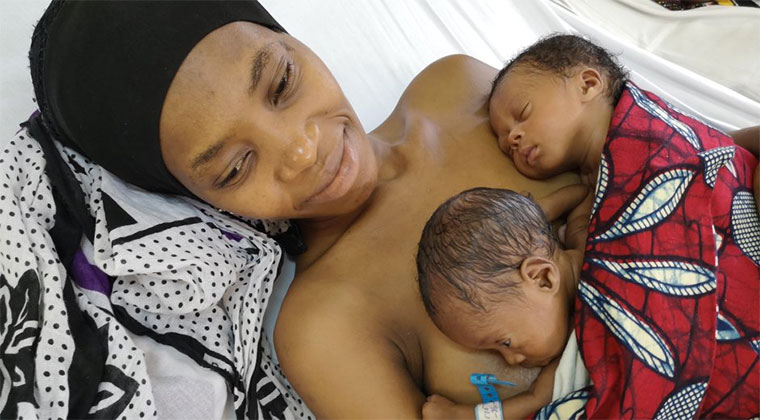
Kangaroo Care: Nurturing the Bond Between Parent and Child
Kangaroo care, also known as skin-to-skin contact, is a powerful and transformative practice that has been gaining widespread recognition in the medical community. This intimate bonding technique involves placing a newborn baby, typically premature or low birth weight, on the bare chest of their parent, where they are held close and covered with a blanket.
Benefits of Kangaroo Care
Research has consistently demonstrated the numerous benefits of kangaroo care for both babies and parents.
For Babies:
- Improved thermoregulation: Kangaroo care helps premature babies maintain their body temperature, reducing the risk of hypothermia.
- Enhanced oxygenation: The warmth and gentle pressure from the parent’s chest stimulate the baby’s breathing and improve oxygen levels.
- Reduced stress and pain: The close contact and rhythmic heartbeat of the parent create a calming effect, reducing stress and pain in babies.
- Improved weight gain and growth: Kangaroo care has been shown to promote weight gain and overall growth in premature babies.
- Enhanced neurological development: The stimulation and interaction provided by kangaroo care contribute to the baby’s neurological development.
For Parents:
- Strengthened bond: Kangaroo care fosters a deep and lasting bond between parent and child.
- Increased confidence: Holding their baby close helps parents feel more confident and competent in their caregiving abilities.
- Reduced anxiety and stress: The calming effects of kangaroo care benefit parents as well, reducing anxiety and stress levels.
- Improved breastfeeding: Kangaroo care promotes breastfeeding by stimulating the baby’s suckling reflex and encouraging close contact between mother and child.
How to Practice Kangaroo Care
Kangaroo care can be practiced in various settings, including hospitals, birthing centers, and at home. Here are the steps to follow:
- Prepare the environment: Ensure a comfortable and warm environment for both the baby and parent.
- Undress the baby: Remove the baby’s clothing, leaving only a diaper.
- Position the baby: Place the baby on the parent’s bare chest, belly down.
- Cover the baby: Cover the baby with a blanket, ensuring their head is uncovered.
- Hold the baby close: Hold the baby securely and gently against your chest.
- Relax and enjoy: Spend time bonding with your baby, enjoying the skin-to-skin contact and the benefits it brings.
Duration and Frequency
The duration and frequency of kangaroo care vary depending on the baby’s condition and the parent’s availability. However, it is generally recommended to practice kangaroo care for at least an hour at a time, several times a day.
Safety Considerations
Kangaroo care is generally safe for most babies, but there are some safety considerations to keep in mind:
- Premature babies: Kangaroo care should be supervised by a healthcare professional for premature babies.
- Babies with respiratory problems: Kangaroo care may not be appropriate for babies with severe respiratory problems.
- Babies with infections: Kangaroo care should be avoided if the baby has an infection.
- Parents with certain medical conditions: Parents with certain medical conditions, such as active tuberculosis or open wounds, may not be able to practice kangaroo care.
Conclusion
Kangaroo care is a powerful and evidence-based practice that provides numerous benefits for both babies and parents. By fostering a deep bond, improving health outcomes, and promoting overall well-being, kangaroo care plays a vital role in the development and nurturing of young children. Healthcare professionals, parents, and caregivers are encouraged to embrace this transformative technique to enhance the lives of infants and their families.
